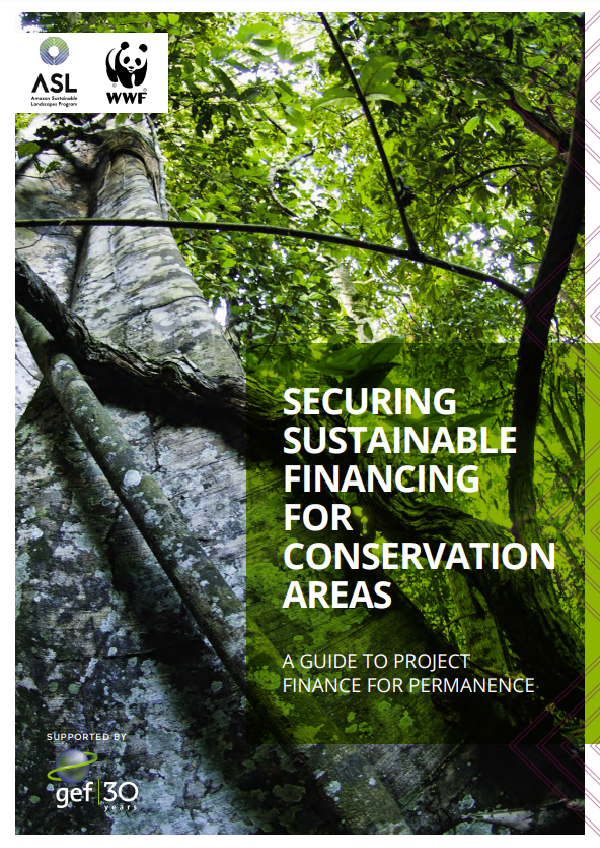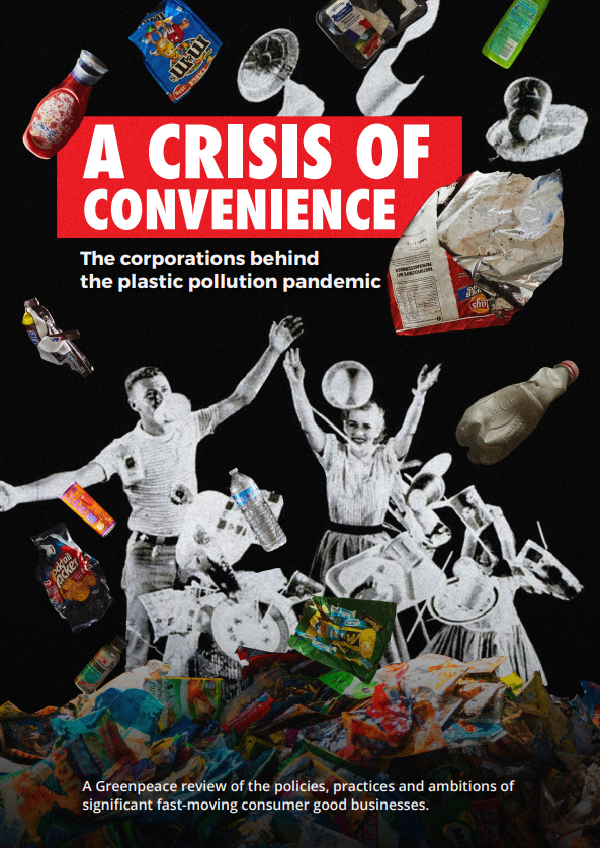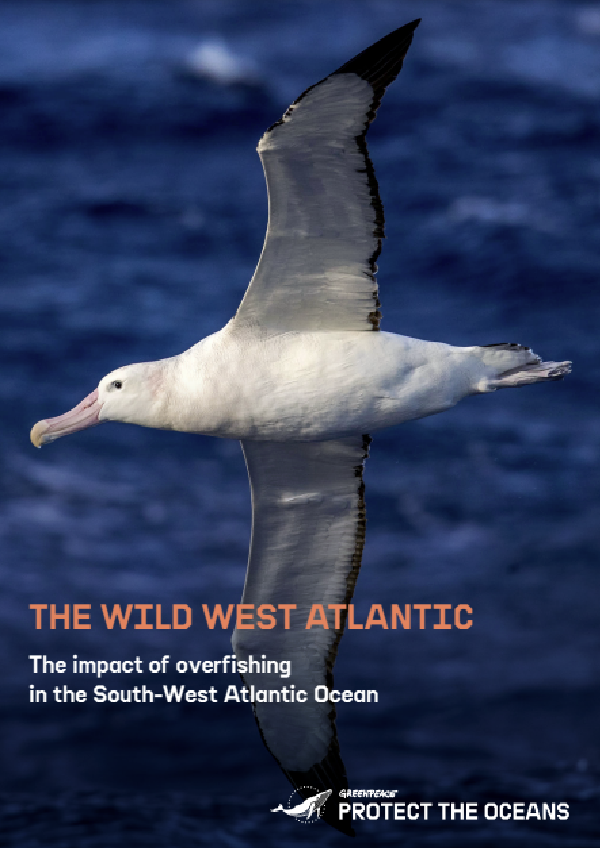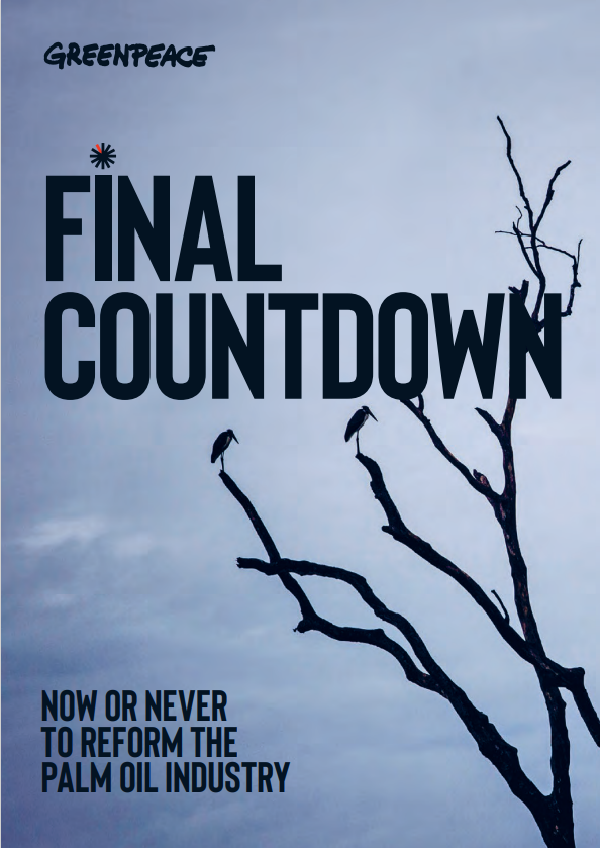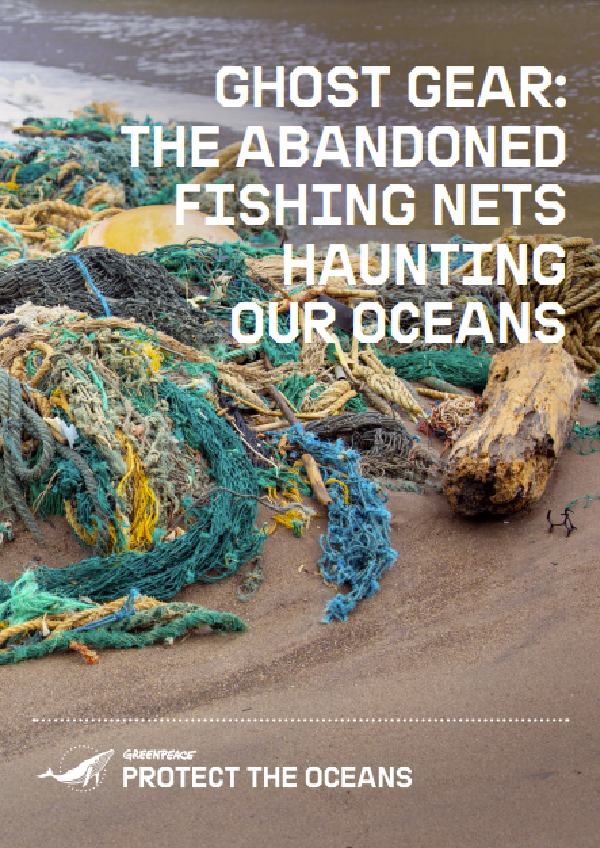In the face of the twin crises of biodiversity loss and climate change, governments and their partners in communities and civil society have increased their efforts to protect and enhance sustainable use of nature. These efforts have been identified as strategic to fulfill the anticipated global goal to protect 30% of the planet by 2030. Reaching this goal will require more—and more effectively managed—protected areas and other effective area-based conservation measures, but current funding is not enough to cover existing needs or to increase the areas under protection.
Project Finance for Permanence (PFP) is an approach designed to secure the policies, capacity, institutional arrangements, and full funding for the effective and long-lasting protection of our planet’s important natural places. It is being applied in Bhutan, Brazil, Canada, Costa Rica, and Peru, being designed in Colombia, and there is increased interest in applying the PFP approach in other countries.
This guide seeks to describe the PFP approach and capture the experience of practitioners and lessons learned to date. It is intended to be a reference for people from public or private organizations who want to implement a PFP.
Protecting terrestrial and marine conservation areas that cover a representative sample of a country’s ecosystems is a global priority, and is critical to protecting the planet’s biodiversity and ensure the provision of critical ecosystem services on which humanity depends. Long-term preservation of these areas and their ecological processes is essential for healthy societies, particularly against the backdrop of climate change, biodiversity loss, and the increasing risk of zoonotic spillovers linked to degraded ecosystems. Recognizing this, the adoption of a 30×30 goal, namely that 30% of the planet be protected by 2030, is being considered for inclusion in the post-2020 global biodiversity framework of the Convention on Biological Diversity. Despite important progress in expanding conservation areas at a global level, resources required for creating or expanding new protected areas and ensuring the effective management of existing ones often fall short. As a result, these areas are extremely vulnerable to constant pressures and threats, making it difficult to maintain the valuable ecosystem services they provide.
Protected areas and ”other effective area-based conservation measures” (OECMs)4– referred to as conservation areas for purposes of this guide—need to be adequately funded to meet their conservation, sustainable development and management objectives so they can guarantee long lasting local, national and global benefits. Over the past 30 years, many tools and mechanisms have been designed and tested with a view to securing sustainable financing for conservation areas. Among these are conservation trust funds, debt-for-nature swaps, environmental compensation, and carbon credits for Reducing Emissions from Deforestation and Forest Degradation (REDD+), to name a few. Despite making considerable advances, securing the stable and adequate financial flows needed to ensure the effective and efficient management of conservation area systems over the long term remains a challenge. Conservation area systems in many countries continue to operate with minimal national funding, and rely mostly on shortor medium-term projects financed primarily by international public or private donors. Consequently, the sustainability of the achieved results and impacts are vulnerable to project funding cycles.
To meet the challenge of long-term sustainable financing for conservation, the Project Finance for Permanence (PFP) approach was conceived in 2011 by a group of conservationists, former bankers, and management consultants who imported ideas from the mainstream financial sector to create a new model to protect and finance large ecosystems. PFP is defined as an approach or single initiative that secures important policy changes, and all funding necessary to meet specific conservation goals of a program over a defined long-term timeframe, with the ultimate aim of achieving the ecological, social, political, organizational, and financial sustainability of that program. The approach was built from experiences and lessons learned from three successful major conservation initiatives: Amazon Region Protected Areas (ARPA) in Brazil, Forever Costa Rica, and the Great Bear Rainforest in Canada. The concept was presented in a publication by the Linden Trust for Conservation, Gordon and Betty Moore Foundation, and Redstone Strategy Group, and was widely circulated through the article, “A Big Deal for Conservation,” published in the Stanford Social Innovation Review in 2012.
Stakeholders involved in PFPs consider it to be a well thought out and holistic approach for area-based conservation. It aims to transform management of conservation areas by developing unifying conservation goals and bringing together funding from different sources to secure their achievement. Due to its potential, the PFP approach is being increasingly explored elsewhere, drawing on the experiences of the original three PFPs. Two other PFPs, Bhutan for Life and Peru’s Natural Legacy (PdP), are already in the initial stages of implementation; Heritage Colombia (HECO) is currently being designed; and several other countries are exploring the potential for PFPs.
